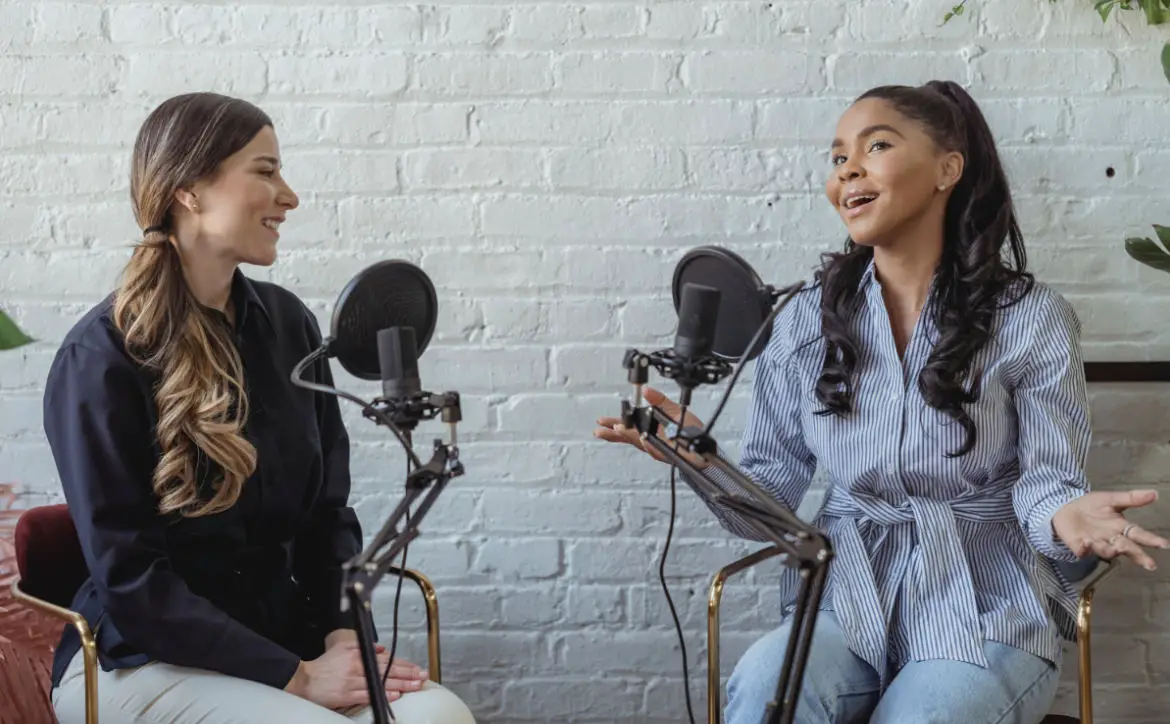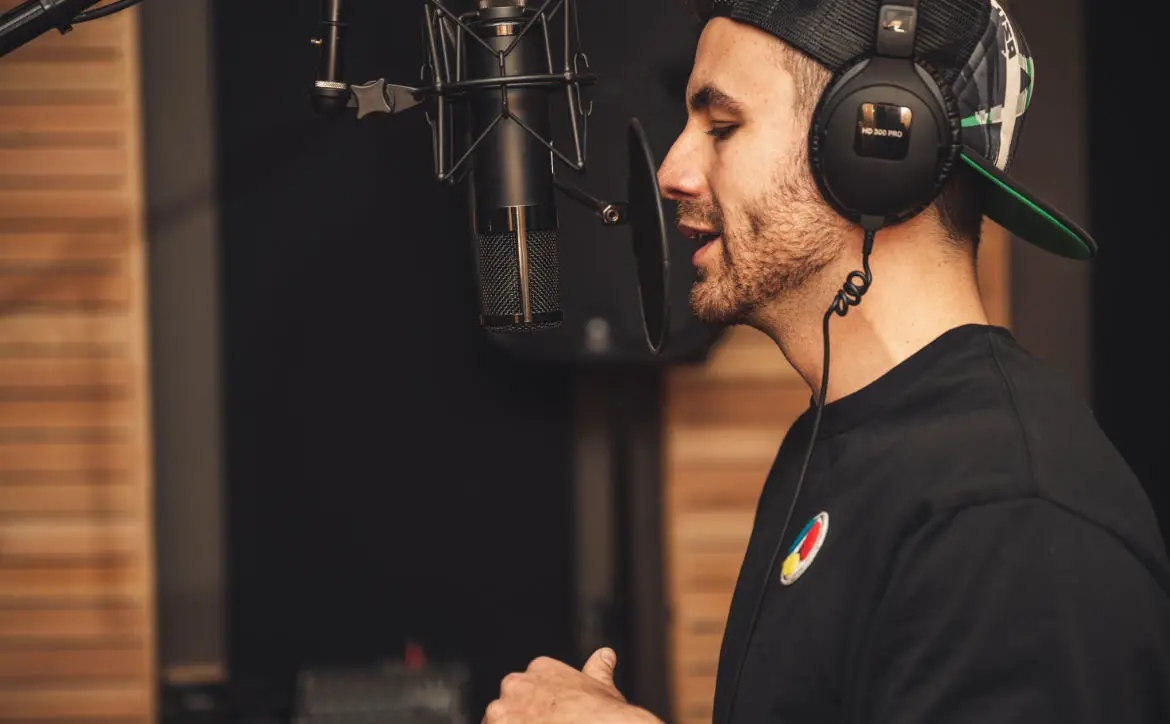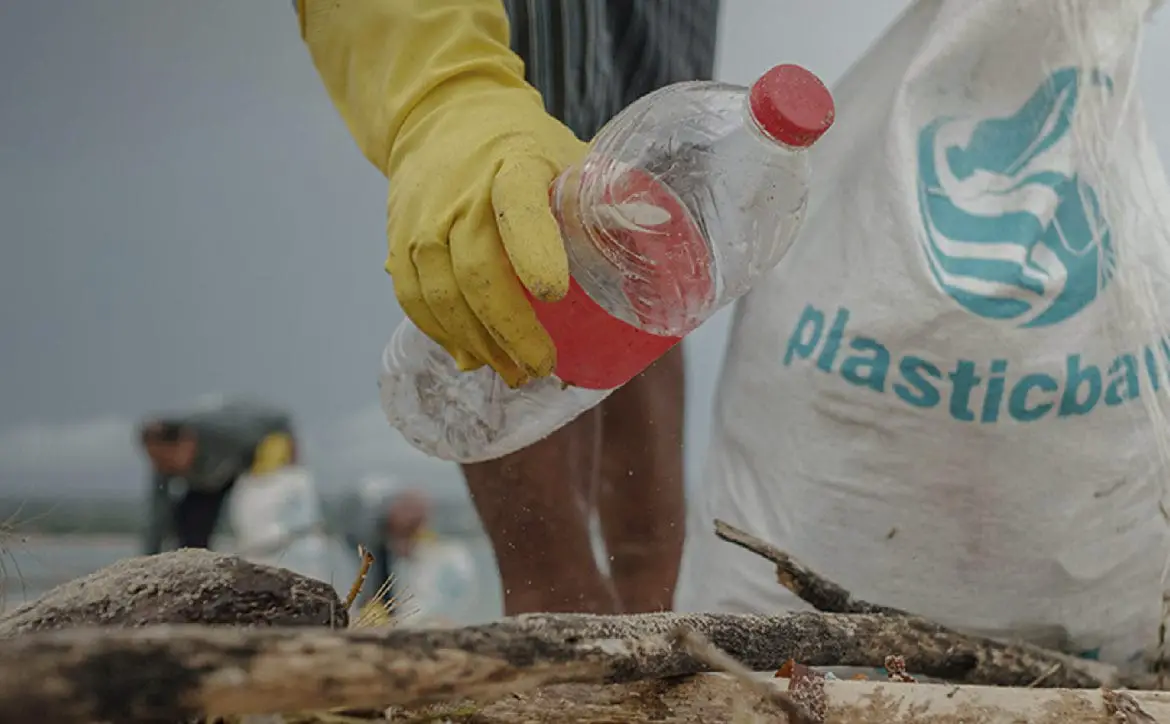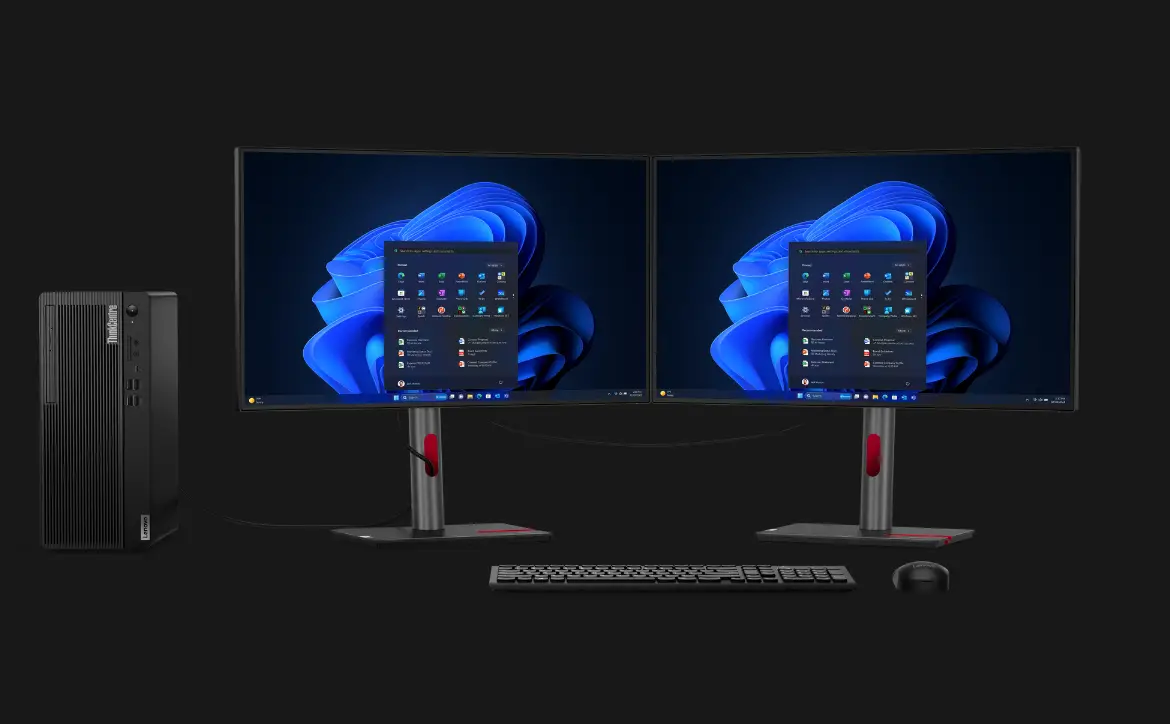There’s been quite a boom in both podcast listeners and creators over the last several years. As of now, there are over 2 million podcasts available to download and stream – certainly more content than anyone could ever listen to in a lifetime.
Estimated reading time: 8 minutes
And yet, that hasn’t stopped people with interesting ideas and strong conversation skills from continuing to start their own podcasts.
It shouldn’t stop you, either.
But, with so much content to choose from, you have to stand out in some way. Being able to market your podcast is crucial, and that starts by knowing your target audience. In the world of podcasting, marketing is about more than banner ads and commercials. You have to learn to speak to your target audience through the podcast itself.
If you’re struggling to find your target audience and produce content that appeals to them, we’ve got you covered. Let’s discuss the ins and outs of podcast listeners and how you can connect with those who might have the most interest in what you have to say.
Who Listens to Podcasts?
On the surface, one could think about podcasts in the same way you think about the old radio shows of the 1930s-1940s. The concept is the same, in many cases – people broadcasting stories to be played around the globe. Some podcasts are informational, some are communicative, and some are fictional. So, when it comes to who is actually listening, the audience is wide.
According to Forbes, half of all podcast listeners are 12-34 years of age, so the major demographic is younger, but that has a lot to do with how and when podcasts rose to popularity. They have only really started to shine over the last decade. So, it makes sense that the general audience would be younger. Over time, those numbers will go up as the demographic ages.
One of the interesting things about podcasts is that they provide a sense of private comfort. Most people listen in their homes or cars, and most consumers listen to at least 80% of each episode.
As a podcast producer, that’s a huge goal. You want your audience to listen to as much of your show as possible and to regularly tune in. That starts with picking out your target audience from the vast array of listeners.

How to Find Your Audience
How can you find the right demographic? It starts by looking at a breakdown of the existing audiences. For example, as of 2019, 51% of podcast listeners in the U.S. were female and 49% were male. That’s not a huge difference to worry about, so you don’t need to focus all of your marketing efforts on attracting a certain gender.
But, you can focus your podcast marketing on smaller groups. If you need help defining who your audience is, go through the following steps:
- Keep narrowing your audience down to a specific group of people
- Consider your niche
- Figure out who your current listeners are
- Ask your listeners about themselves
At the end of the day, remember that your podcast is a business. If you want to make money as a podcaster, you have to have a large listener base. For example, one of the most effective ways podcasts make money is through advertisements during the show. We’ve all heard them – the classic, “this episode is sponsored by…”
Your goal as a podcaster is to get your listeners to visit that website and use your code. Some of the highest money-making podcasts that use advertisements include:
- This American Life
- The Joe Rogan Experience
- Chapo Trap House
For these casts to make the money they do, it requires thousands of listeners to tune in each week. But, it also requires those listeners to be interested in the advertisements those shows are sharing. The shows know how important it is to understand their audience and demographic and to provide advertisements that would appeal to them.
Use the tips above to find your audience, even if it starts small. Doing so will allow you to take the next creative steps to learn what your audience wants, so your listenership will continue to grow. That will mean more ad revenue for you.
Create the Right Content
Once you’ve narrowed down your audience, creating content that appeals to them is the next step. Your content should be relevant and easy to understand while also maintaining entertainment value. Think of your cast as a presentation every time you go to record. With that in mind, there are steps you should take to make it a successful one, including:
- Identifying your goals for each episode
- Creating an outline
- Keeping it simple
- Building a story
While planning is important, the key step listed above is building a story. No matter how long each podcast episode is, your audience needs to remain interested and engaged. Word of mouth marketing is just as important and effective in podcasting as anywhere else. Creating the right content will cause your audience to share your cast with others.
Not sure how to continuously develop interesting episodes that will bring people back? Your main objective should always be to stick to your identity. Once you’ve found your niche, all of your content should fall beneath is, since that’s what your audience expects. Beyond that, keep some of the following tips in mind:
- Talk about things that interest you
- Think of things that will interest your audience
- Share personal stories
- Feature different guests
- Ask your listeners questions
- Share responses in future episodes
- Stay on topic
Most importantly, be yourself when you’re broadcasting. Like any other marketing form, people are craving authenticity. If your podcast feels stiff or stale, your listeners aren’t going to remain interested for long. If you want to be a great host, be prepared and professional, but allow yourself to be comfortable. When you do that, your content will flow more freely and sound more cohesive throughout the episode.

Find Ways to Relate
If you know your target audience and you have a plan laid out for your content, there’s one more important step in speaking to that audience – being relatable.
This looks different for everyone, depending on the type of podcast you’re broadcasting. If your cast is about international news, it’s going to sound a bit different than an entertainment podcast about a 90s television show. But, the goal remains the same.
People want to be able to connect with podcasts hosts. They should feel like they’re included in the conversation, rather than listening from afar. As a host, that requires you to be approachable, even if you’re the only one in the studio.
One way to do that is to go “off-script.” We already touched on the importance of planning and having an outline. But, that doesn’t mean every portion of your broadcast should be fully scripted. Allow your personality to shine through with an “invisible script.”
An invisible script is, essentially, a more structured outline or map that will help the overall narrative and flow of your podcast. That will help you to be more relatable and less formal with your words. It’s something that every cast should have, but also something that will look different for everyone. Yours might have elements like:
- A welcome message
- An opening “conversation” with your audience
- A preview of what you’ll be discussing
- Request for reviews comments
- A call to action
Having this invisible script in mind during every episode will allow you to keep things moving without getting stuck or stagnant. If done correctly, your listeners won’t pick up on the fact that you’re doing the same thing, week after week. Instead, they’ll find comfort in the familiarity.
Finally, once you have a better understanding of your target audience, make sure you’re practicing inclusivity.
Podcasts are unique from other forms of media in that they are often more free-flowing. There is no time limit except the one you set yourself. There’s more flexibility. It’s the perfect platform to cover a variety of subjects, no matter who your target audience is. With that in mind, consider it your responsibility to be an advocate for diversity and inclusivity with your words. You have the opportunity to talk about social issues, injustices, and changes that need to be made within society. No matter the subject of your show, there are undoubtedly ways to touch on those themes and truly resonate with your audience. Podcasts are ideal for breaking down big issues and bringing them to the light. If you can do that in a way that appeals to your audience, you’ll be making a bigger impact than you likely realize.
Wrapping Up
Speaking directly to your audience should always be a priority when creating a podcast. Keep these suggestions and steps in mind to understand who your audience is and how to speak to them in an approachable, relatable way. It can take some time to get comfortable in your hosting role. But, by looking at things from a marketing standpoint and allowing your personality to shine through, it will be easier to speak to your interested audience.
Do you have a podcast? What are your podcast tips? Please share your thoughts on any of the social media pages listed below. You can also comment on our MeWe page by joining the MeWe social network.











